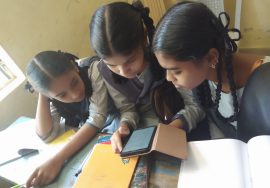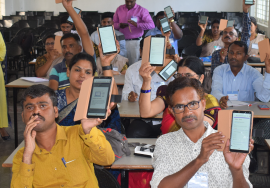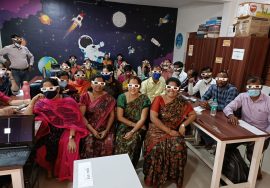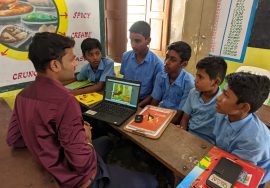Building A Digital Learning Ecosystem Through Collaboration

Introduction:
In rural India, cultivating a collaborative digital learning ecosystem is essential for overcoming unique challenges and ensuring quality education. By fostering collaboration between rural schools, students, teachers, and the community we can create a powerful support network that addresses the specific needs of rural learners and enhances their educational experiences and learning outcomes.
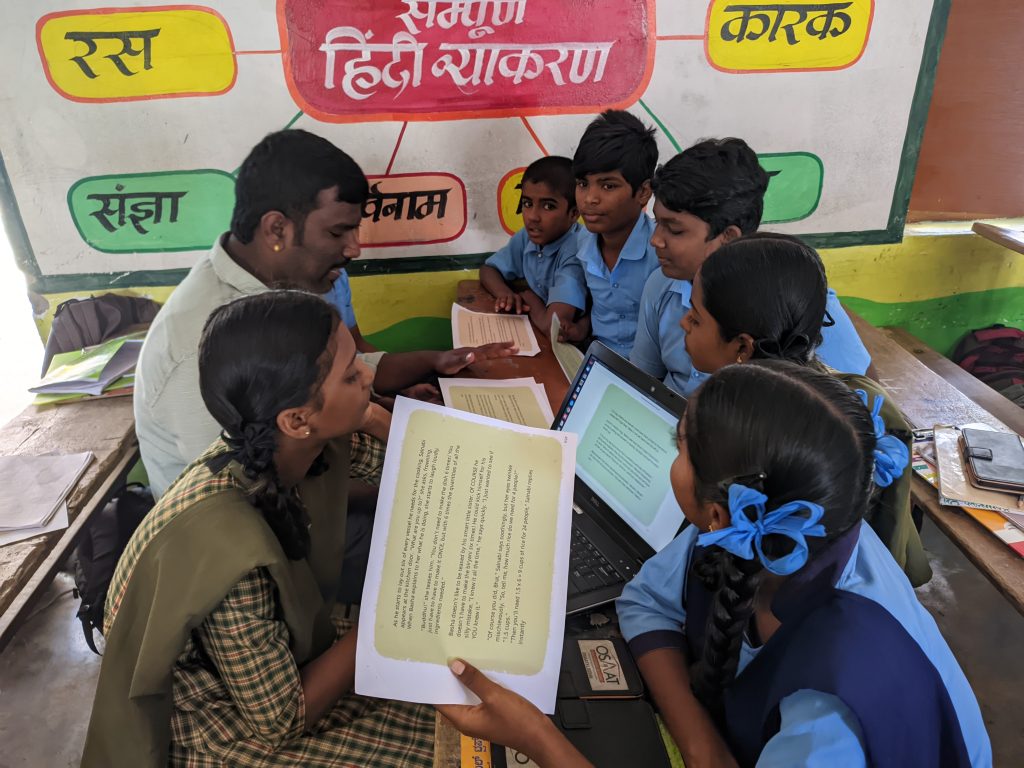
1. Including Rural Students In Their Own Learning Process:
a. Implementing student-centered learning approaches, such as project-based learning, self-learning or hands-on activities, allows rural students to actively engage in their education. This approach encourages critical thinking, problem-solving, and creativity. This also fosters a sense of ownership and relevance in their educational journey.
b. Access to Digital Resources: Providing rural students with access to digital resources, such as educational apps, online libraries, and interactive learning platforms, enriches their learning experiences and expands their educational opportunities.
2. Collaboration between Teachers and Students in Rural Schools:
a. We need to co-create learning experiences by encouraging collaborations between teachers and students in rural schools. teachers can collaborate with students to design learning experiences that incorporate local contexts, culture, and community challenges. This partnership encourages student participation and empowers them to take an active role in their education.

b. Personalized Instruction and Feedback: Rural teachers can leverage digital tools to monitor a student’s progress and deliver personalized instructions accordingly and provide timely feedback to students. This individualized approach supports a student’s unique learning needs and fosters their growth.

3. Engaging the Rural Community:
a. Integrating community-based learning projects into the curriculum allows rural students to connect their education with real-world experiences. Students can collaborate with community members on projects that address local challenges or contribute to community development.
b. Community Resource Sharing: Engaging the rural community as a resource for education provides valuable expertise and knowledge. Local or guest professionals, experts, and volunteers can participate in school activities, share their experiences, and inspire rural students.
Conclusion
By fostering a digital learning ecosystem in rural education, we can empower students and teachers to overcome challenges and achieve educational excellence. Through student-centered approaches, collaboration between teachers and students, and active engagement with the rural community, we create an environment that supports personalized learning, fosters creativity, and prepares rural learners for success in an increasingly digital world.



